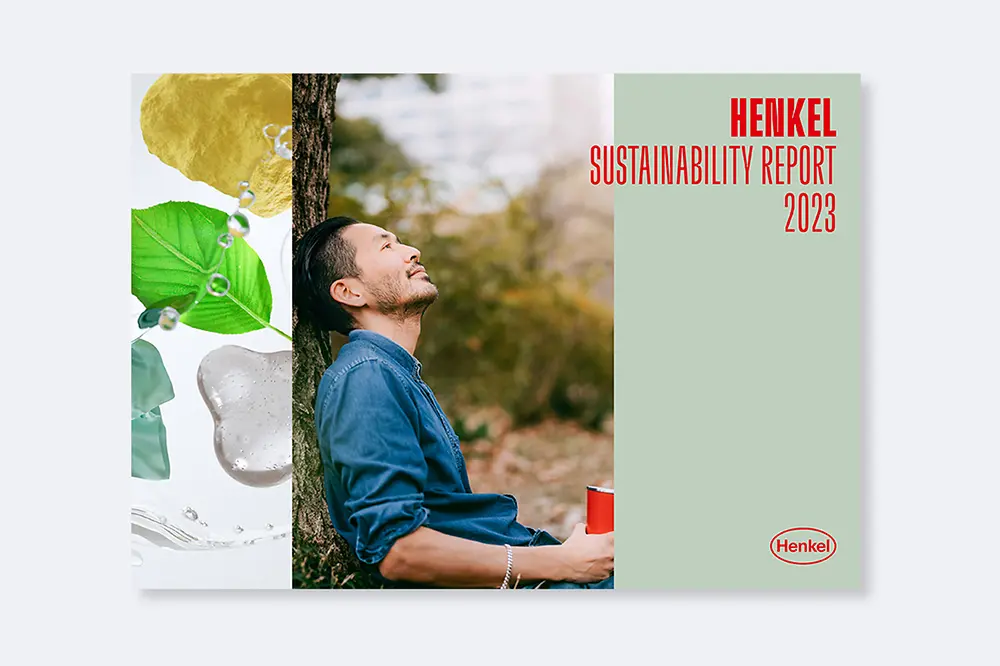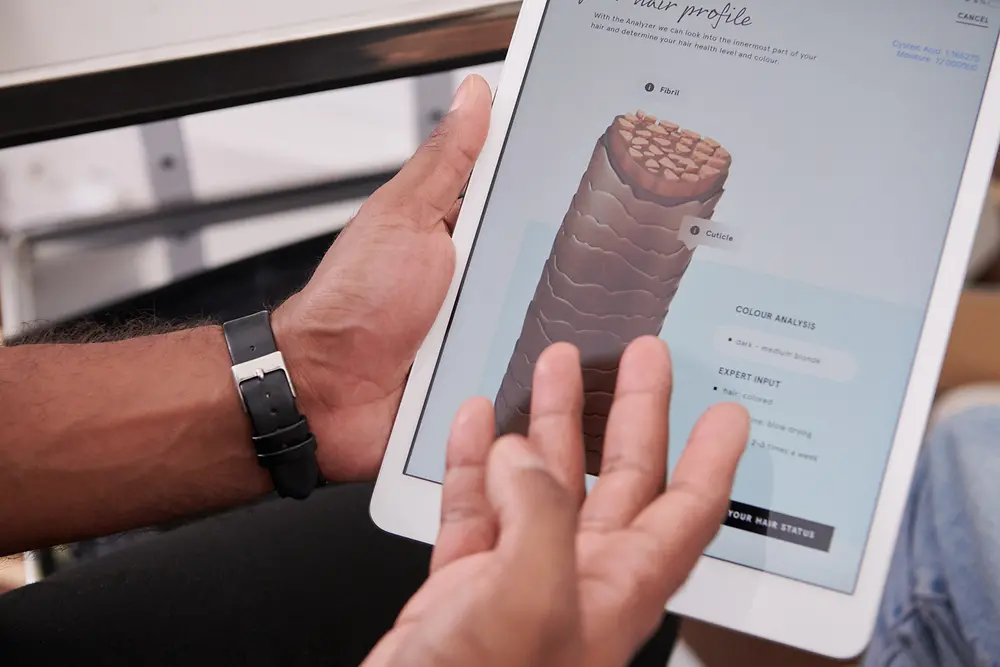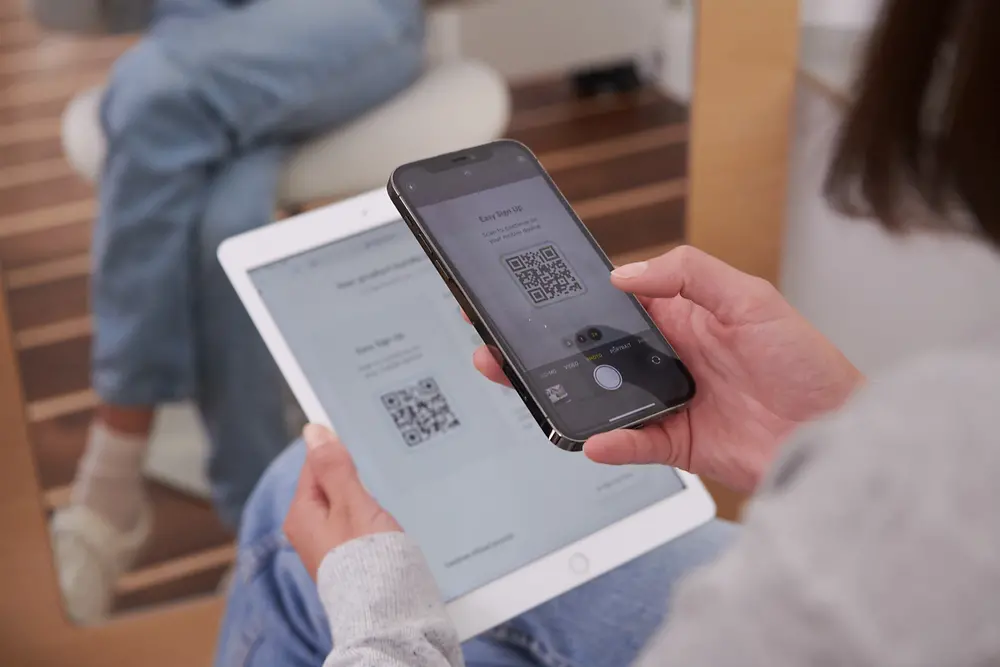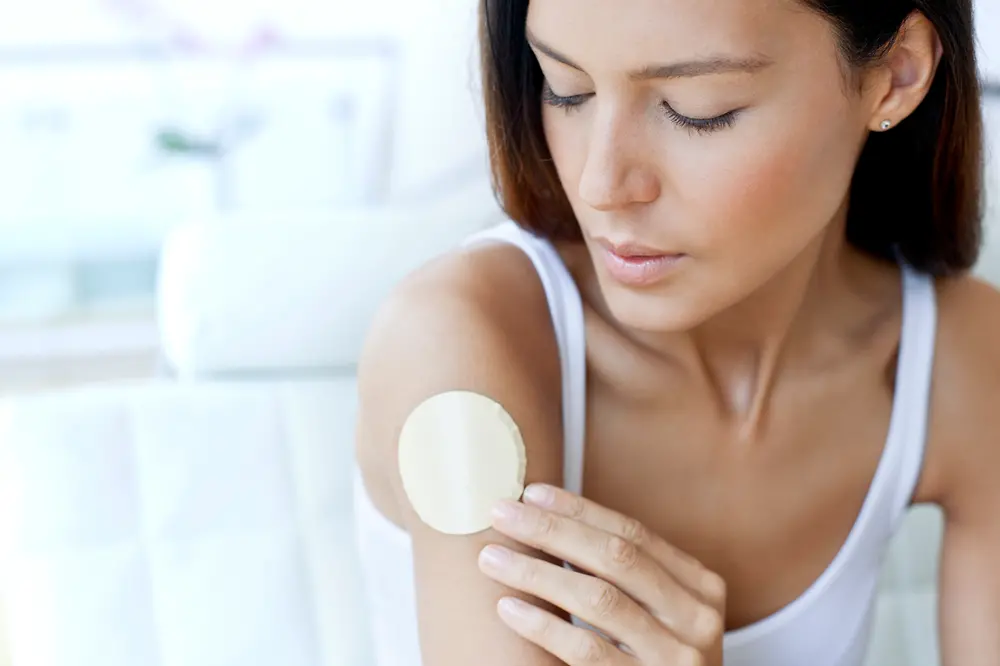One size fits all? That was yesterday. We are experiencing a social shift from the "we" to the "I” – because individualization is very much in vogue. But it is much more than "just" a trend. We are consciously aware of this cultural change, appreciate the diversity of society, and support people in expressing themselves. The message is: everyone is unique. Companies are also responding to this development and addressing the needs of each individual instead of developing products and services for the masses. In order to address consumers personally and retain their loyalty in the long-term, they are relying on the mega trend of hyper-personalization for their offerings. In e-commerce, sophisticated algorithms are being developed with the help of big data to tailor content and offers to the individual user to the smallest detail. But hyper-personalization is also possible in stationary retail, as the example of SalonLab&Me shows.
In the process of hyper-personalization, artificial intelligence (AI) is often used to analyze real-time data in order to uncover patterns and correlations in consumers' shopping behavior and to create a holistic picture of them. For example, search queries, wish lists, and purchase history are analyzed. This automated process enables what is known as one-to-one marketing, in which products, services, or content are tailored to specific customers and in detail.

















